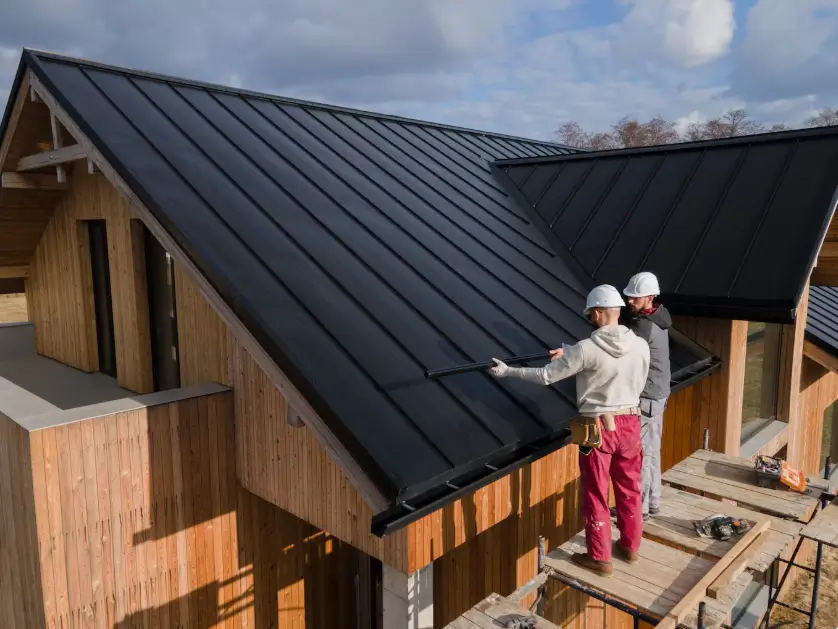When most homeowners think of siding installation, they imagine improving curb appeal or replacing worn-out materials. But did you know that new siding can also enhance your home’s energy efficiency?
Properly installed, high-quality siding acts as a barrier between your home and the elements—helping to regulate indoor temperatures and reduce utility costs. Here’s how siding impacts energy performance and why it might be time to consider an upgrade.
🔥 1. Acts as a Thermal Barrier
Siding plays a critical role in insulating your home. When combined with proper underlayment and insulation, it can reduce the amount of heat that escapes in winter and limit heat gain in summer.
✅ Benefit: Less strain on your HVAC system and more consistent indoor temperatures year-round.
💨 2. Reduces Drafts and Air Leaks
Older siding may have gaps, cracks, or warping that allows air to leak into or out of your home. During siding installation, professionals seal these problem areas, reducing unwanted drafts.
✅ Benefit: Lower heating and cooling bills and improved comfort in every season.
🧱 3. Allows for Insulated Siding Options
Modern siding materials offer built-in insulation or allow for additional layers beneath. Options like insulated vinyl siding or fiber cement siding with rigid foam backing improve your wall’s overall R-value.
✅ Benefit: Better energy performance without compromising aesthetics.
☔ 4. Protects Against Moisture Intrusion
When siding is properly installed, it prevents moisture from penetrating your home’s exterior walls. Damp insulation is less effective and can lead to mold or structural damage.
✅ Benefit: A dry, healthy home that retains its energy efficiency over time.
🧰 5. Supports Other Energy Upgrades
If you’re already upgrading your home’s windows, doors, or roofing, coordinating those projects with new siding installation maximizes energy efficiency gains. For example, installing house wrap or foam board during siding replacement further improves air sealing.
✅ Benefit: A comprehensive, long-term improvement to your home’s thermal envelope.
💸 Will Siding Installation Lower My Energy Bills?
Yes—especially if your current siding is old, damaged, or poorly installed. Homeowners who upgrade to energy-efficient siding often see reduced energy costs and more comfortable indoor temperatures. While exact savings vary, the long-term value is clear.
🔍 Signs You May Need New Siding
If you’re unsure whether it’s time for new siding, look out for:
- Fading or discoloration
- Warping or cracking
- Peeling paint inside the home
- Increased energy bills
- Mold, mildew, or water stains on interior walls
These are all signs your siding may be failing and costing you money in the long run.
🛠 Final Thoughts
Siding does more than just make your home look great—it also plays a vital role in energy efficiency and protection. Investing in professional siding installation can enhance both the beauty and performance of your home for years to come.
Thinking about replacing your siding?
Partner with trusted experts who can guide you through materials, insulation options, and installation for long-lasting results and lower utility bills.

